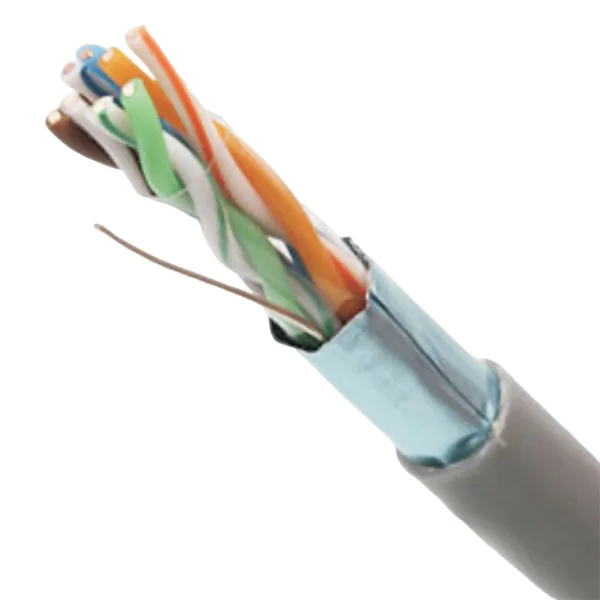Turbocharged Potential: Assessing Your Engine's Compatibility with Turbocharging
3 min readWhen it comes to enhancing your vehicle's performance, turbocharging is often at the forefront of discussions among automotive enthusiasts. However, before diving into the world of forced induction, a crucial question arises: How do I know if my engine can handle a turbo? This inquiry is not merely about adding a turbocharger; it involves a comprehensive understanding of your engine's design, capabilities, and the modifications required to ensure longevity and performance. In this article, we will explore the key factors to consider when determining your engine's compatibility with a turbocharger.
Understanding Engine Fundamentals
To assess whether your engine can handle a turbo, it's essential to grasp the basic principles of how turbocharging works. A turbocharger increases an engine's efficiency and power output by forcing more air into the combustion chamber. This process allows for more fuel to be burned, resulting in a significant boost in horsepower. However, not all engines are created equal, and several factors influence their ability to accommodate a turbocharger.
- Engine Type and Configuration
The first step in evaluating your engine's compatibility with a turbocharger is to consider its type and configuration. Generally, turbocharging is more common in four-cylinder and V6 engines due to their compact size and lighter weight. However, V8 engines can also benefit from turbocharging, particularly in performance applications.
- Naturally Aspirated vs. Forced Induction: Naturally aspirated engines rely solely on atmospheric pressure for air intake, while forced induction engines, including those with superchargers or turbochargers, utilize mechanical means to increase air intake. If your engine is naturally aspirated, it may require significant modifications to handle the additional stress of a turbo.
- Engine Components and Materials
The materials and components used in your engine play a pivotal role in its ability to handle the increased pressure and heat generated by a turbocharger. Key components to evaluate include:
- Pistons: Stock pistons may not withstand the higher temperatures and pressures associated with turbocharging. Upgrading to forged pistons can enhance durability and performance.
- Connecting Rods: Similar to pistons, connecting rods must be robust enough to handle the increased stress. Aftermarket options are often recommended for turbo applications.
- Crankshaft: The crankshaft must be able to endure the additional torque produced by a turbocharged engine. Inspecting the crankshaft for any signs of wear or weakness is crucial.
- Cylinder Head: The cylinder head must be capable of handling increased airflow and combustion pressures. Upgrading to a performance cylinder head can improve efficiency and power.
- Fuel System Considerations
A turbocharger requires a corresponding increase in fuel delivery to maintain the optimal air-fuel ratio. Therefore, evaluating your fuel system is critical:
- Fuel Injectors: Stock fuel injectors may not provide sufficient fuel flow for a turbocharged engine. Upgrading to larger injectors can ensure adequate fuel delivery.
- Fuel Pump: A high-performance fuel pump may be necessary to maintain fuel pressure under boost conditions.
- Fuel Quality: Using high-octane fuel is essential for turbocharged engines to prevent knocking and ensure optimal performance.
- Engine Management and Tuning
Proper engine management is vital when adding a turbocharger. The engine control unit (ECU) must be reprogrammed or replaced to accommodate the new air-fuel dynamics. Tuning is essential for:
- Boost Control: Managing the amount of boost produced by the turbocharger is crucial for performance and reliability.
- Air-Fuel Ratio: Ensuring the correct air-fuel mixture is vital to prevent engine damage.
- Timing Adjustments: Ignition timing may need to be adjusted to optimize performance and prevent knock.
- Cooling Systems
Turbocharging generates additional heat, making an efficient cooling system essential. Consider upgrading:
- Intercooler: An intercooler helps reduce the temperature of the compressed air before it enters the engine, improving performance and preventing detonation.
- Radiator: A high-performance radiator may be necessary to handle the increased heat load from a turbocharged engine.
Conclusion: Is Your Engine Ready for a Turbo?
Determining whether your engine can handle a turbocharger involves a multifaceted evaluation of its design, components, and systems. By understanding the fundamental aspects of your engine and making the necessary modifications, you can unlock the potential of turbocharging while ensuring reliability and performance.

